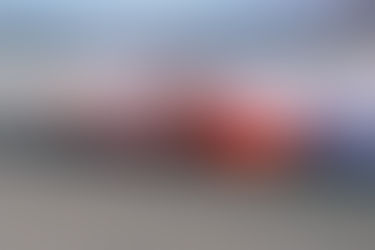My Dad was a middle school science teacher for his entire career. He is the one that helped and guided me to discover my love of science and the natural world.
His school would also sell flowers for fundraisers and he never failed to bring me some. My favorite thing to do was to dye them by placing them in colored water. Here's to you Dad!


Thanks to Mrs. Mass for the carnation donation!
Today students had a hands-on flower dissection lab. As we've been discussing genetics, many students seem surprised to learn that many plants reproduce sexually.
Stop and Shop was kind enough to donate funds to buy flowers and I picked up some Peruvian Lillies (Alstroemeria psittacina). These are complete flowers (meaning they have pistils and stamens) with distinct anatomy. Through a dissecting microscope students could better see the ovules (that will become seeds), and the anthers covered in pollen grains.
We also watched a short TED talk with amazing slow motion video of pollinators in action.

Ovules in the ovary of the flower. These will become seeds.

Mature pollen grains on the anther.

If the sky is clear, at 7:43 you should be able to see a lunar eclipse. Only during a full moon!
http://www.usatoday.com/story/tech/sciencefair/2017/02/07/penumbral-lunar-eclipse-snow-moon-comet/97593778/








